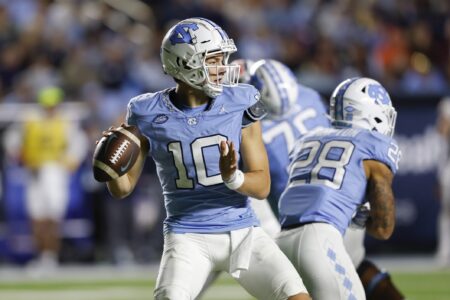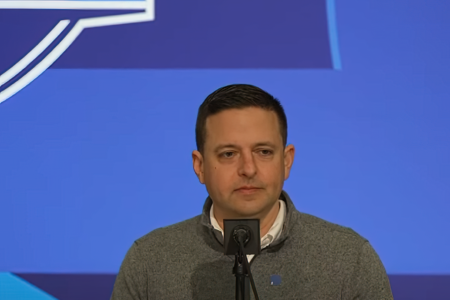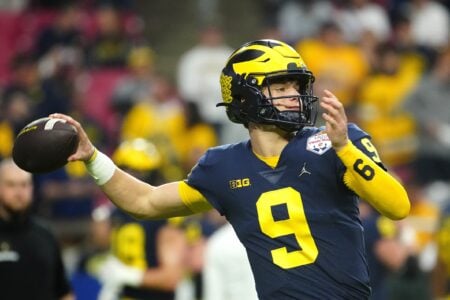Here is the list of players who will be free agents next year. Beside their name, I have put the type of free agent. If it says RFA/UFA then the player would be a RFA in an uncapped year and a UFA in a capped year.
Sam Aiken, WR - UFA
Tully Banta-Cain, LB - UFA
Leigh Bodden, CB - RFA/UFA
Tedy Bruschi, LB - UFA (expected to retire)
Kevin Faulk, RB - UFA
Jarvis Green, DE - UFA
Chris Hanson, P - UFA
Russ Hochstein, G - UFA
Nathan Hodel, LS - UFA
Matt Light, OT - UFA <------ Key Player
Stephen Neal, G - UFA
Richard Seymour, DE - UFA
Ben Watson, TE - UFA
Vince Wilfork, DT - UFA <------ Key Player
Eric Alexander, LB - UFA
Stephen Gostkowski, K - RFA/UFA <------ Key Player
Ellis Hobbs, CB - RFA/UFA <------ Key Player
Nick Kaczur, T - RFA/UFA
Logan Mankins, G - RFA/UFA <------ Key Player
Ryan O'Callaghan, T - RFA/UFA
Le Kevin Smith, DE - RFA/UFA
David Thomas, TE - RFA/UFA
Raymond Ventrone, S - RFA/UFA
Pierre Woods, LB - RFA/UFA
Billy Yates, G - RFA/UFA
Gary Guyton, LB - ERFA
Brad Listorti, TE - ERFA
There are 5 players who I feel are MUST re-signs unless the Pats have someone in the pipeline to replace them. And you are reading that properly. I don't consider Seymour a must re-sign. I love the guy, but if he's expecting to make Haynesworth money, then he won't be retained, regardless of whether the year is capped or uncapped.

















